molten mesa
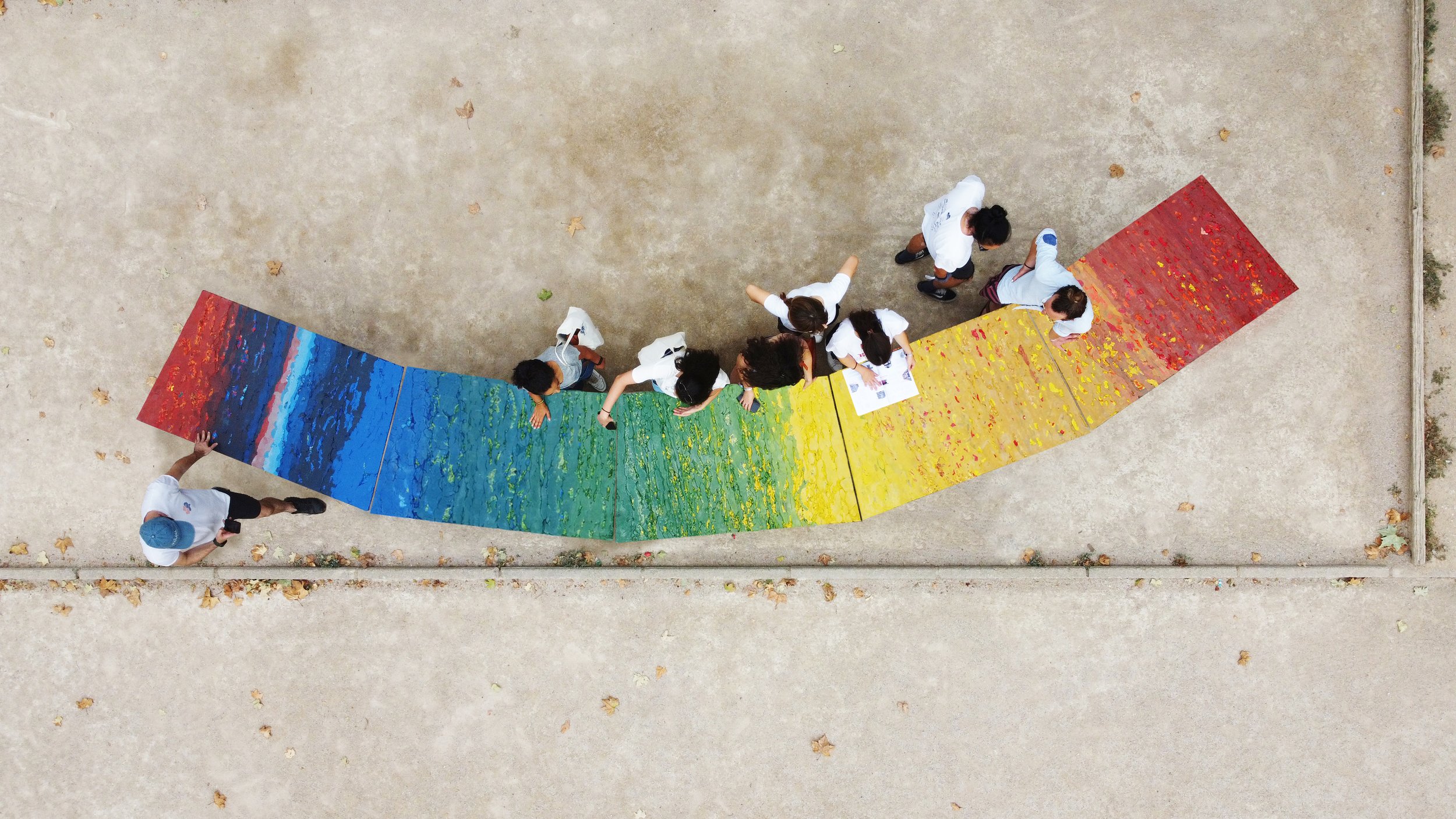
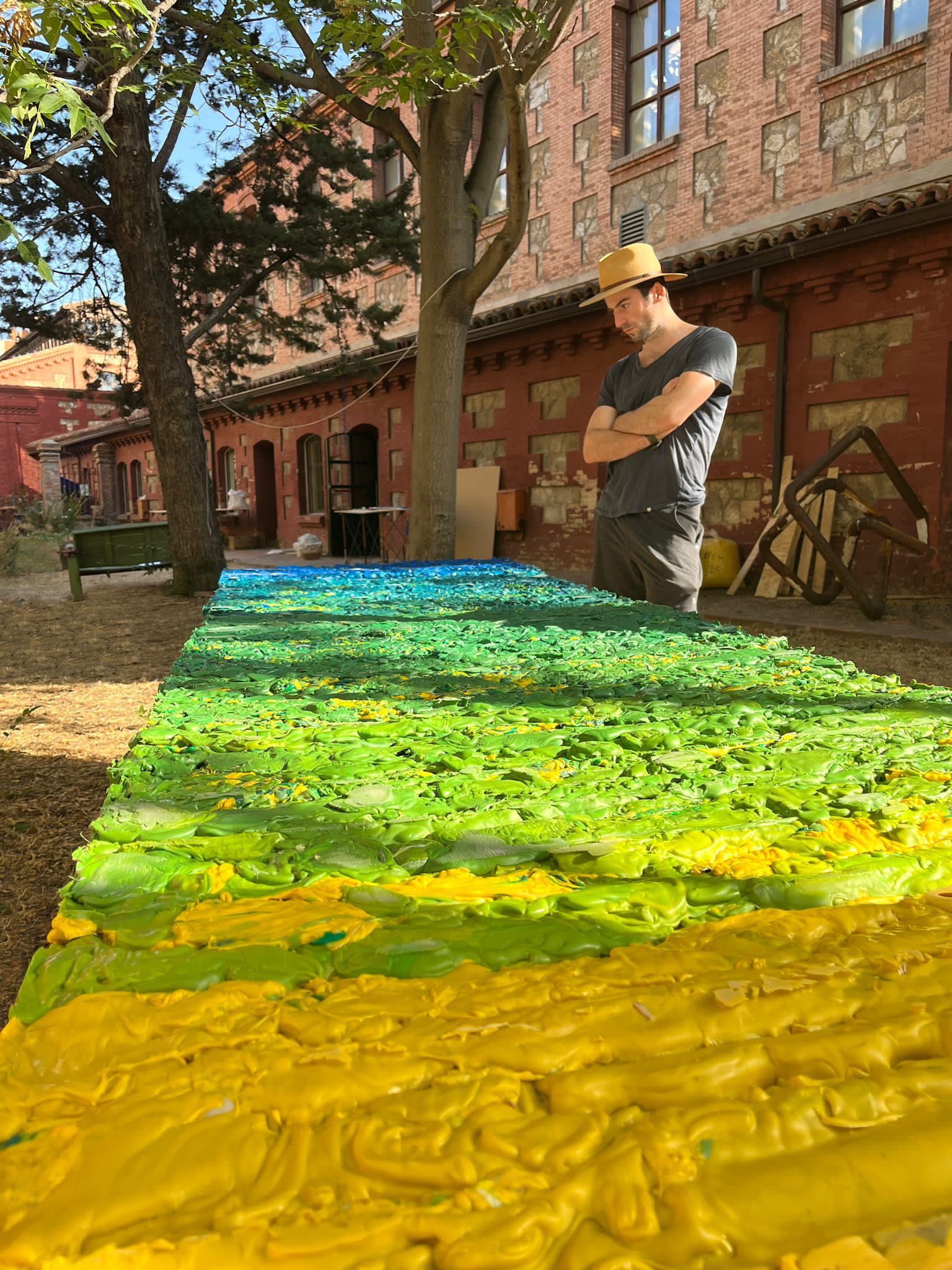
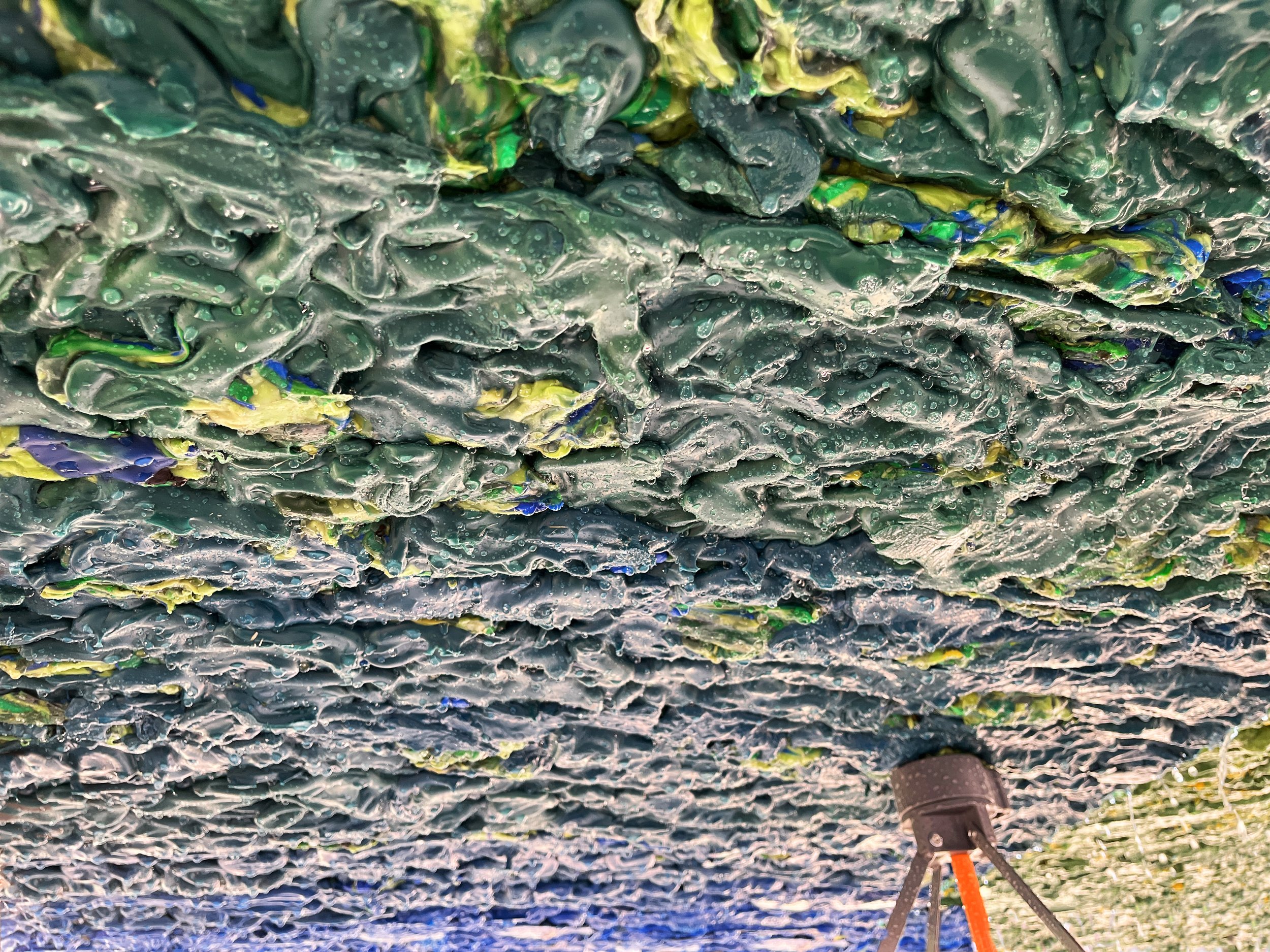

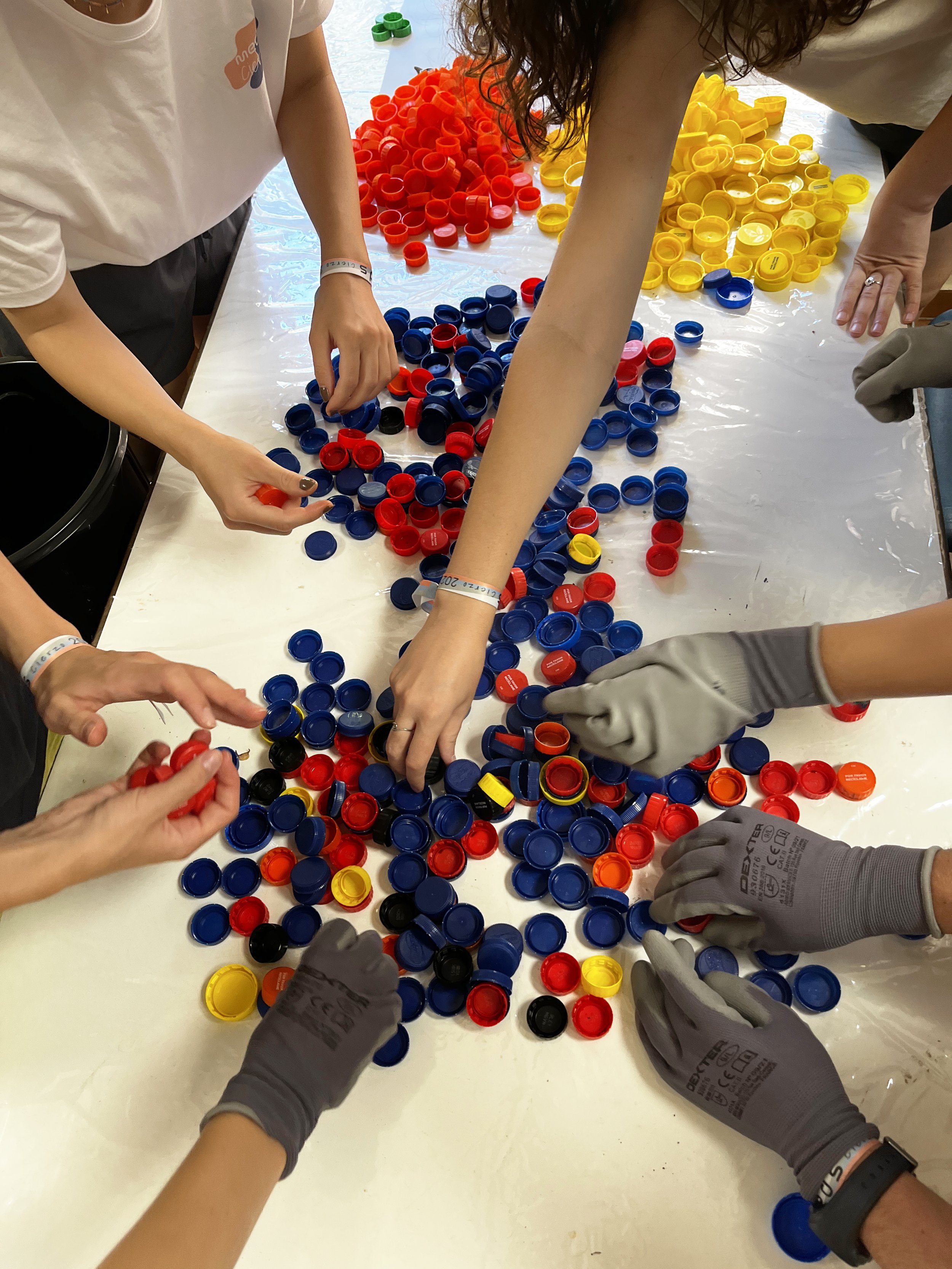
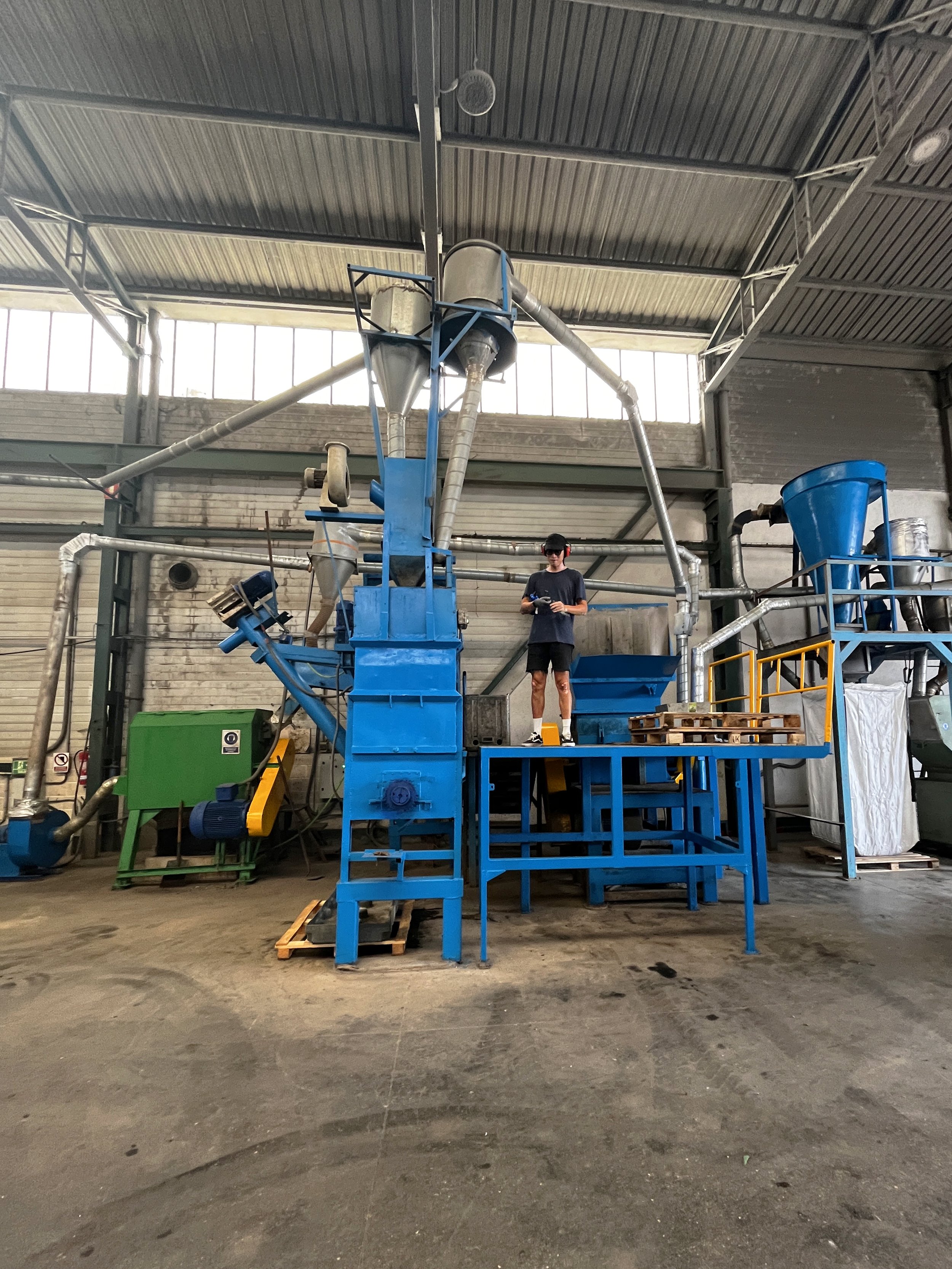
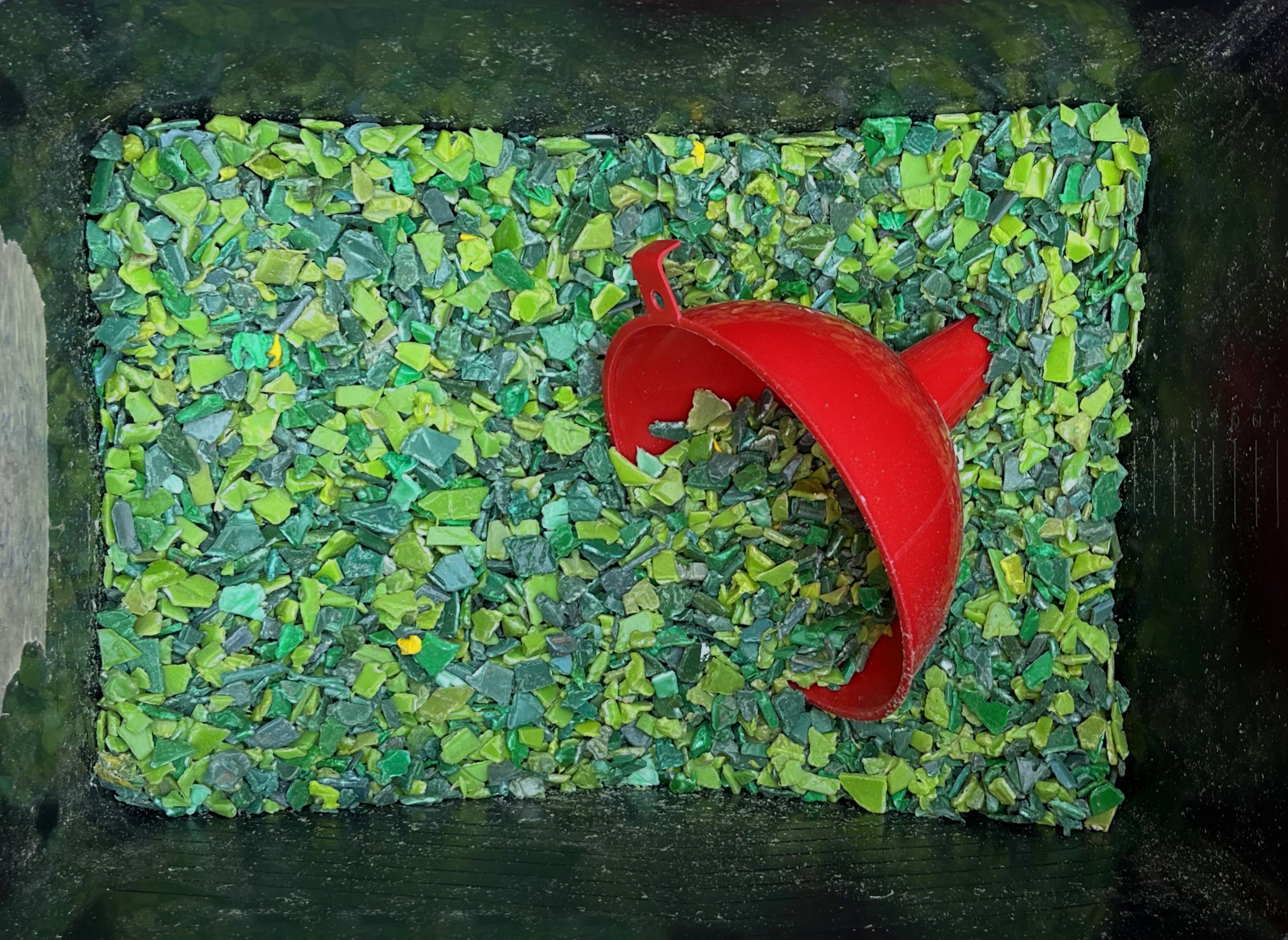
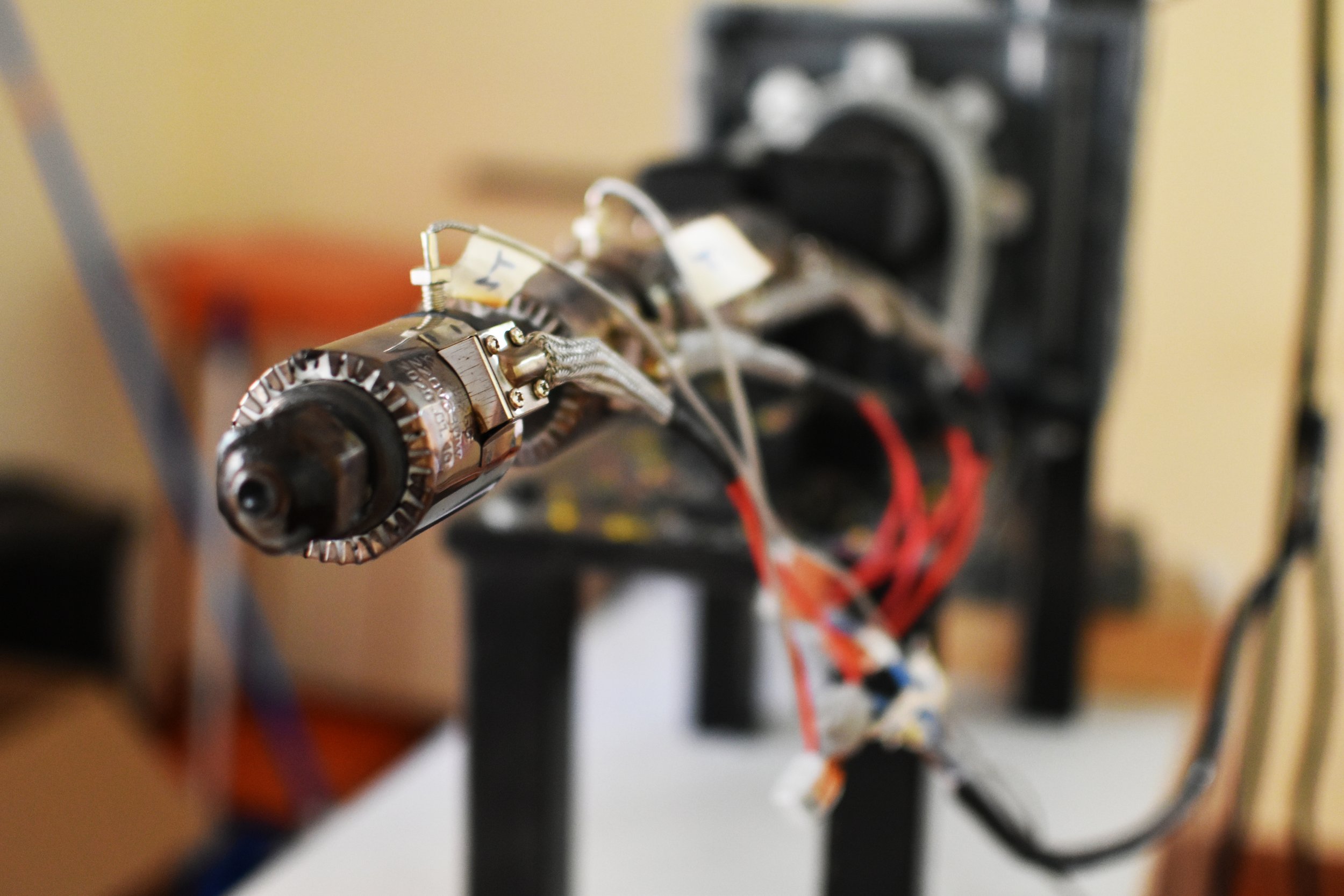

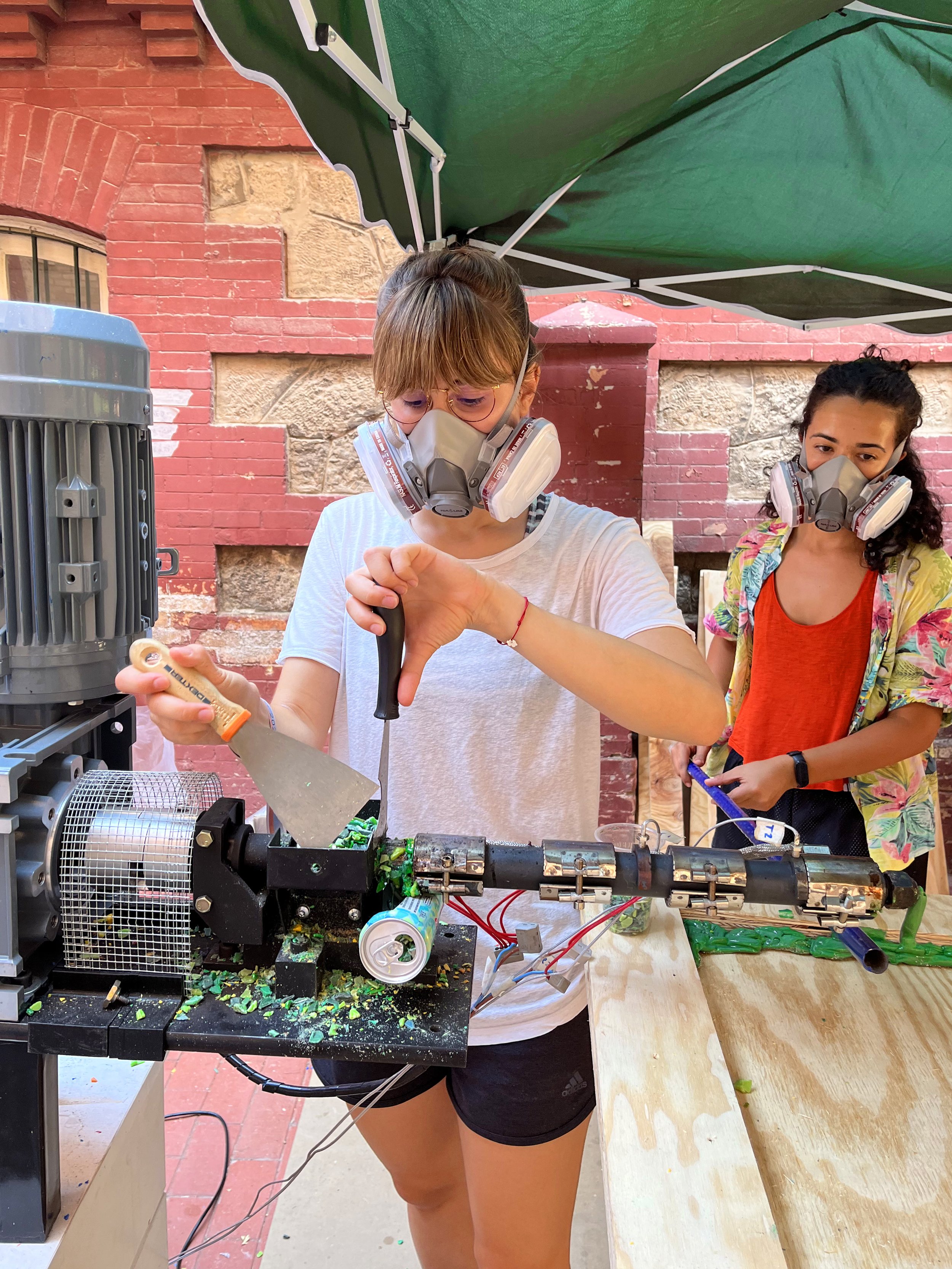
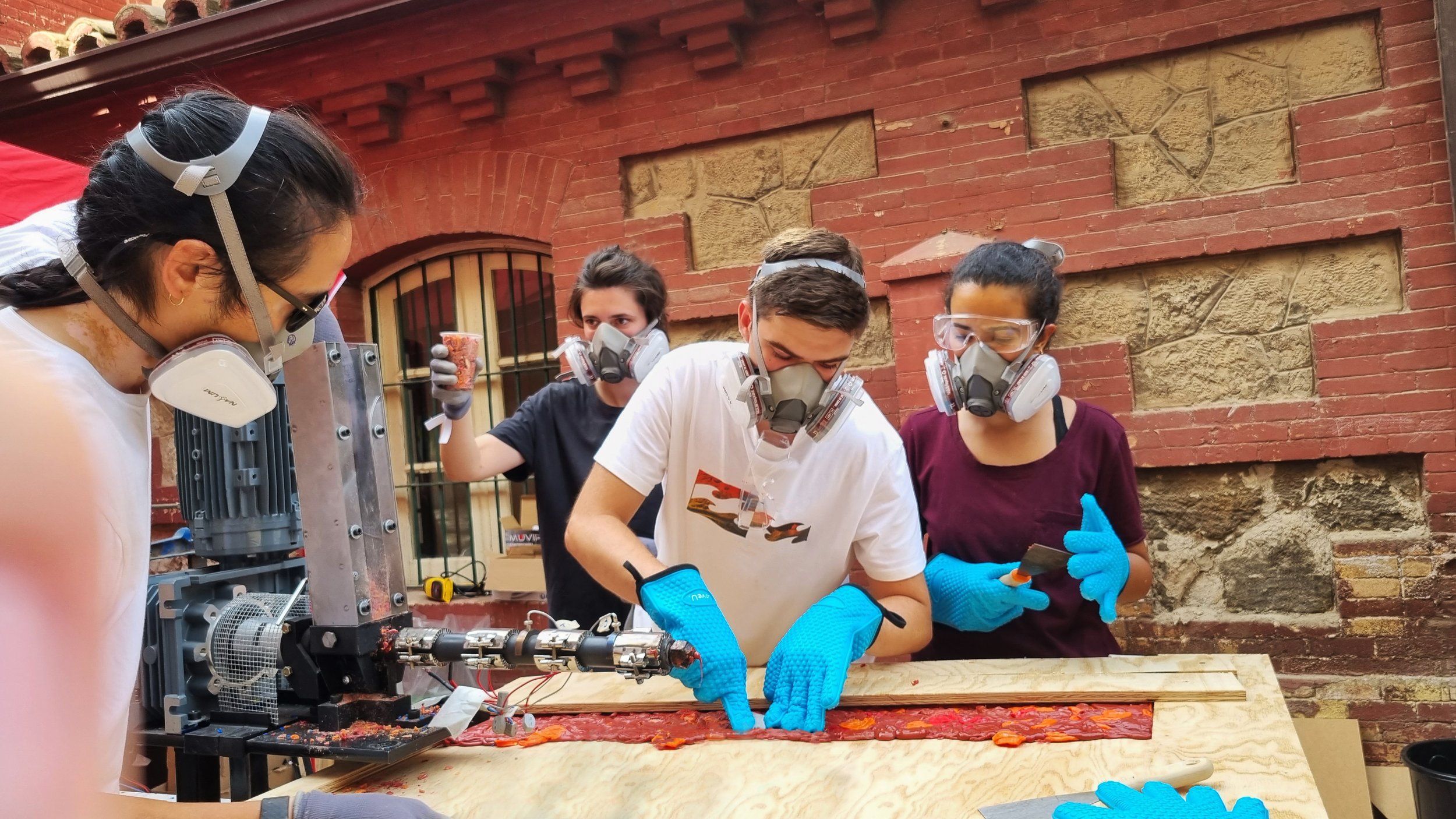
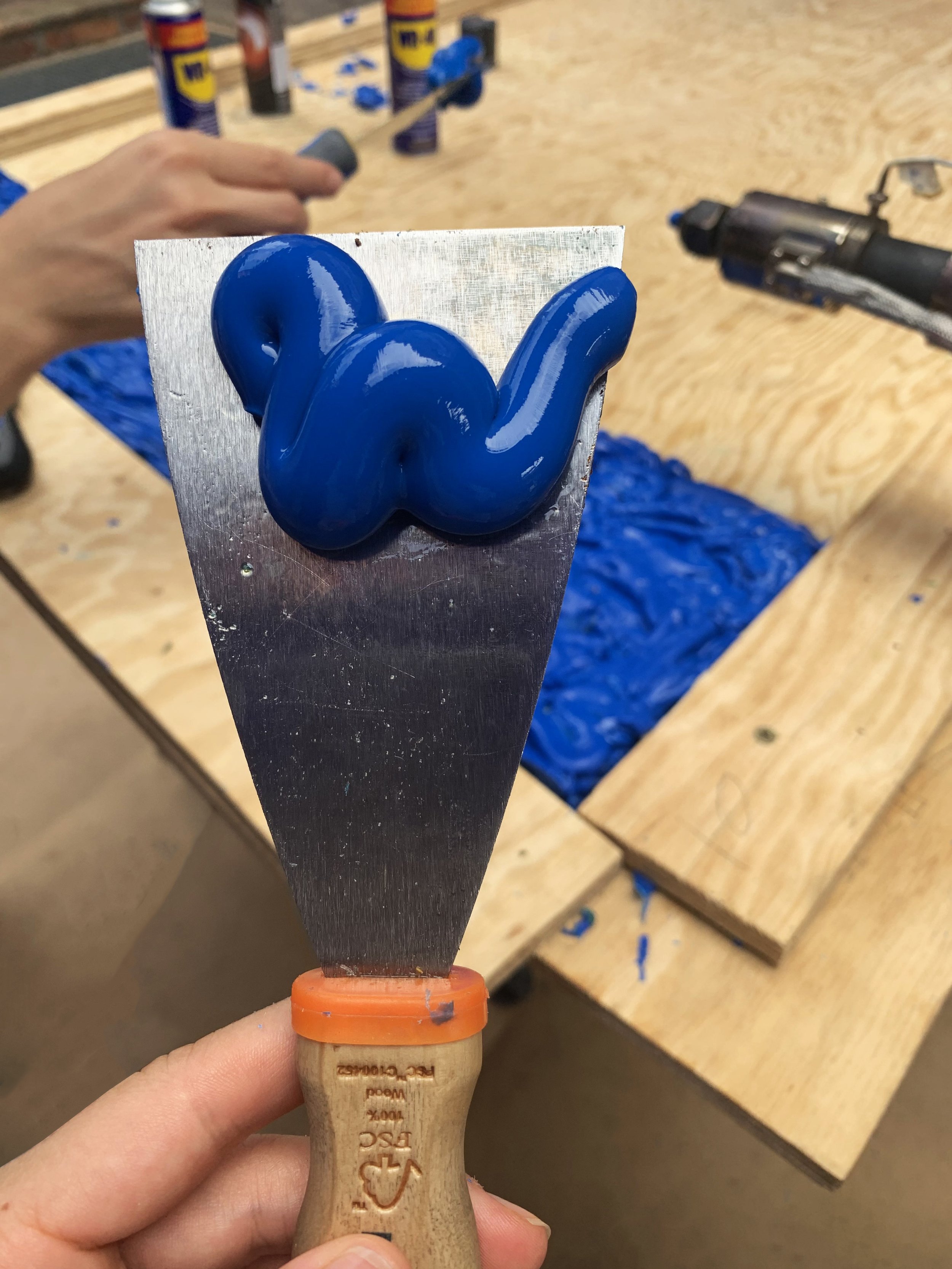
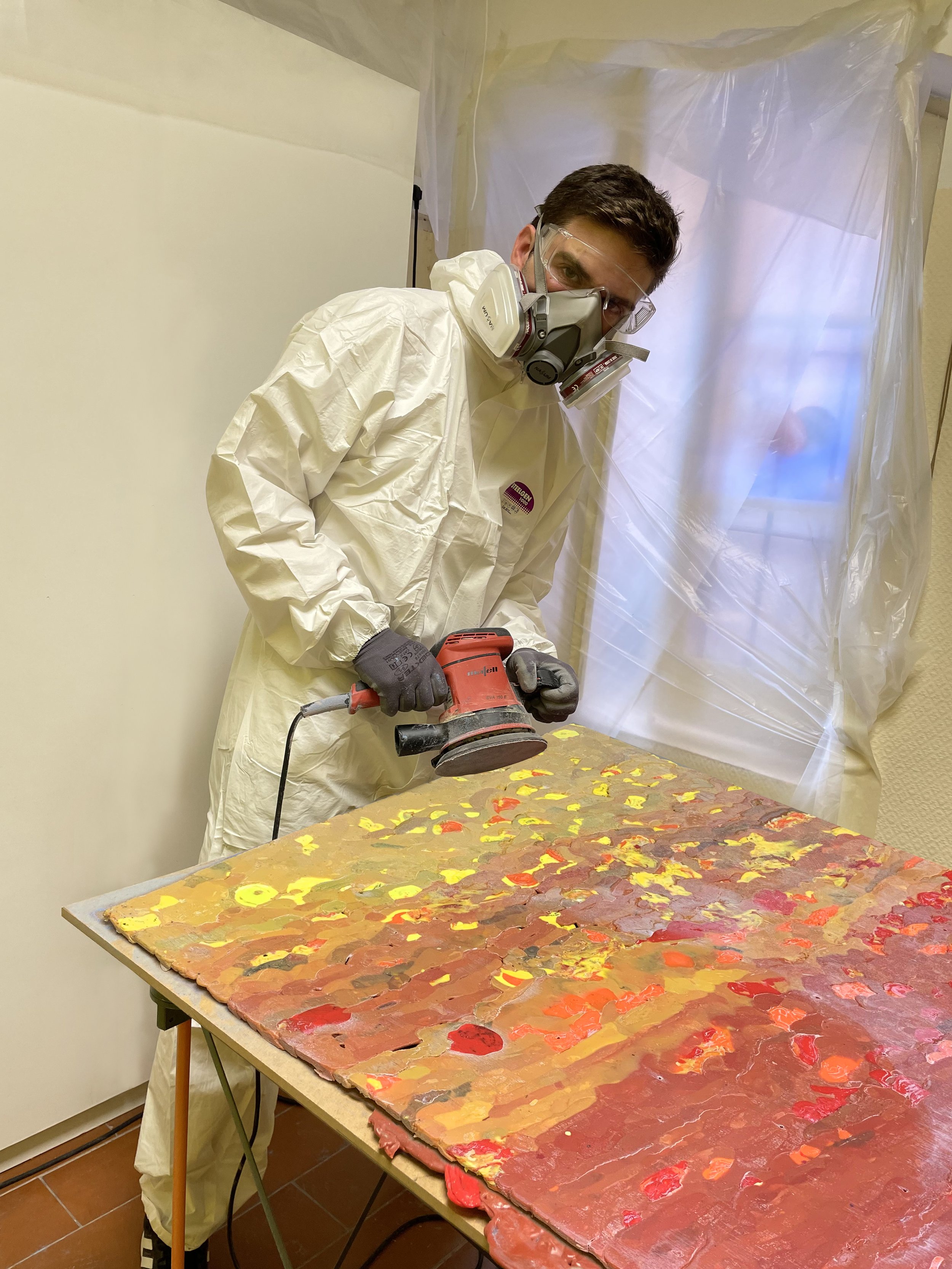
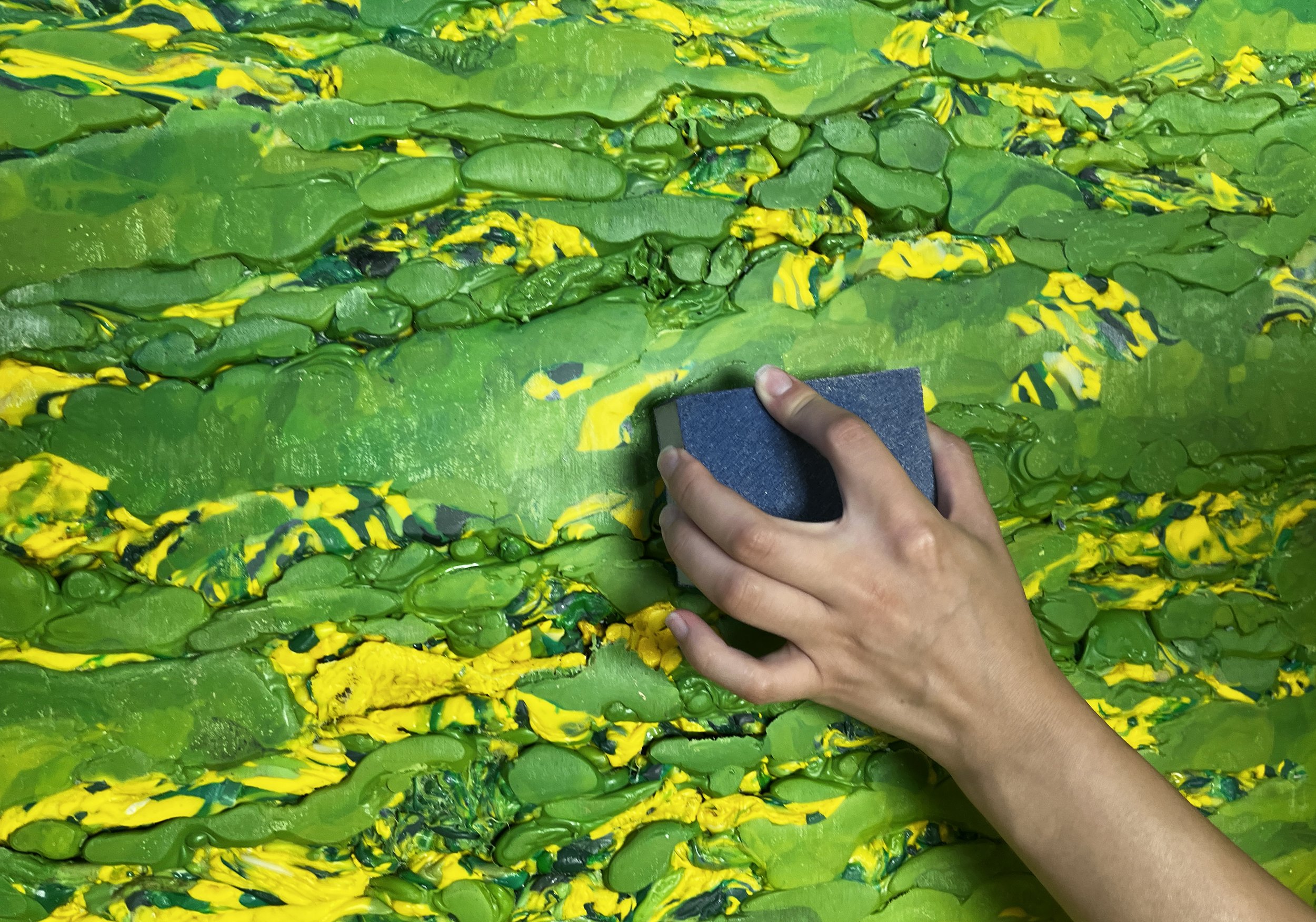
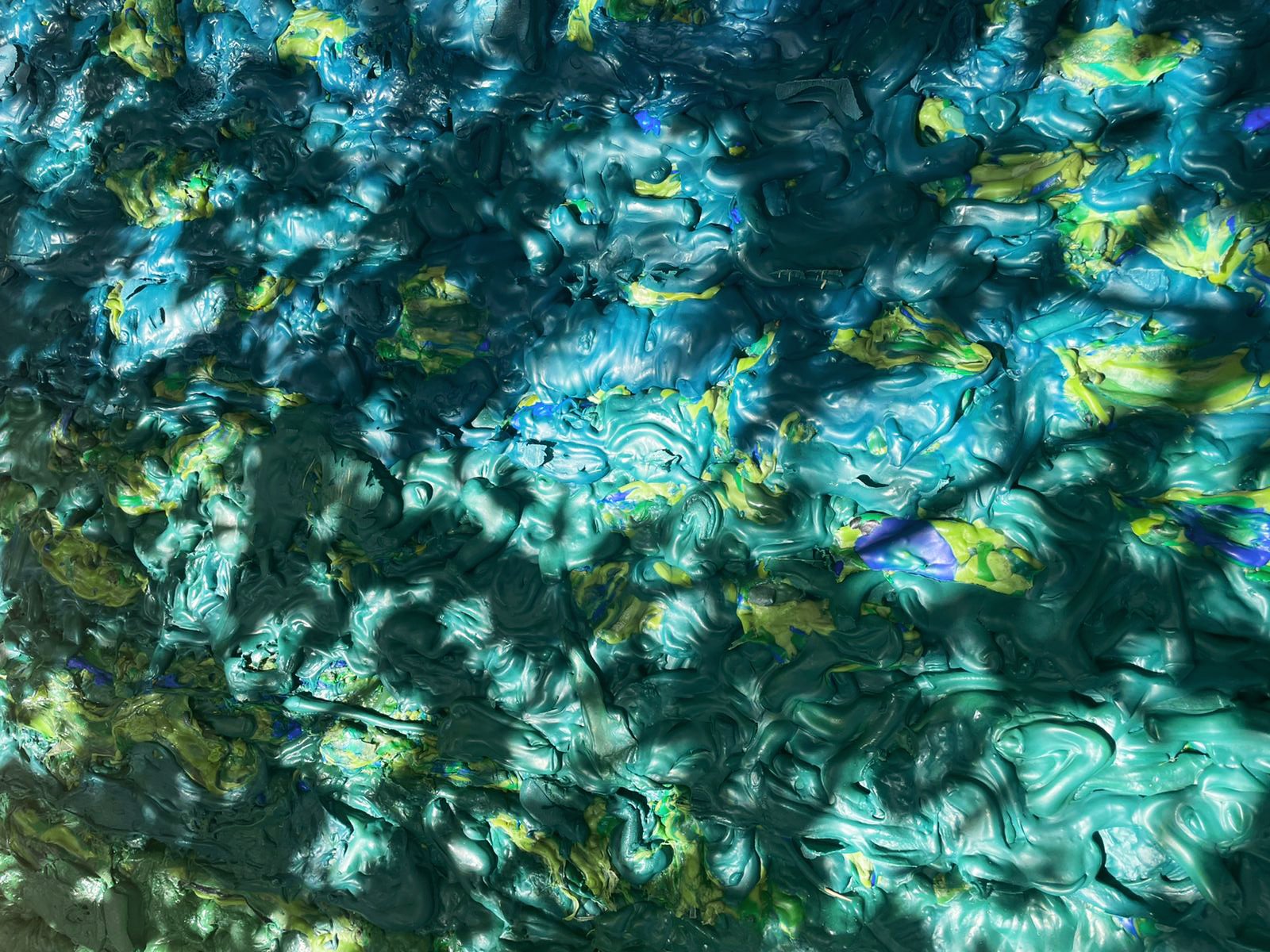
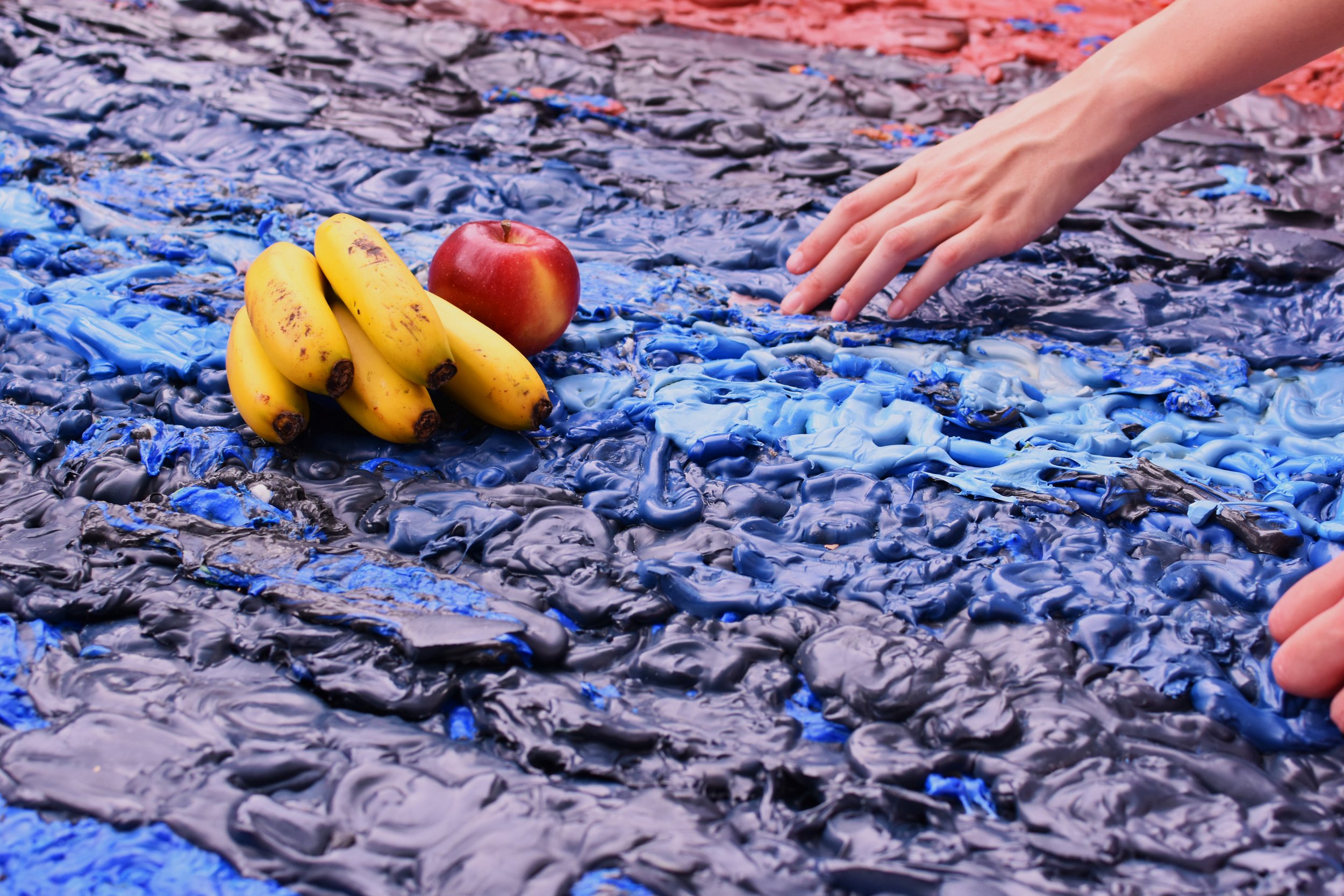
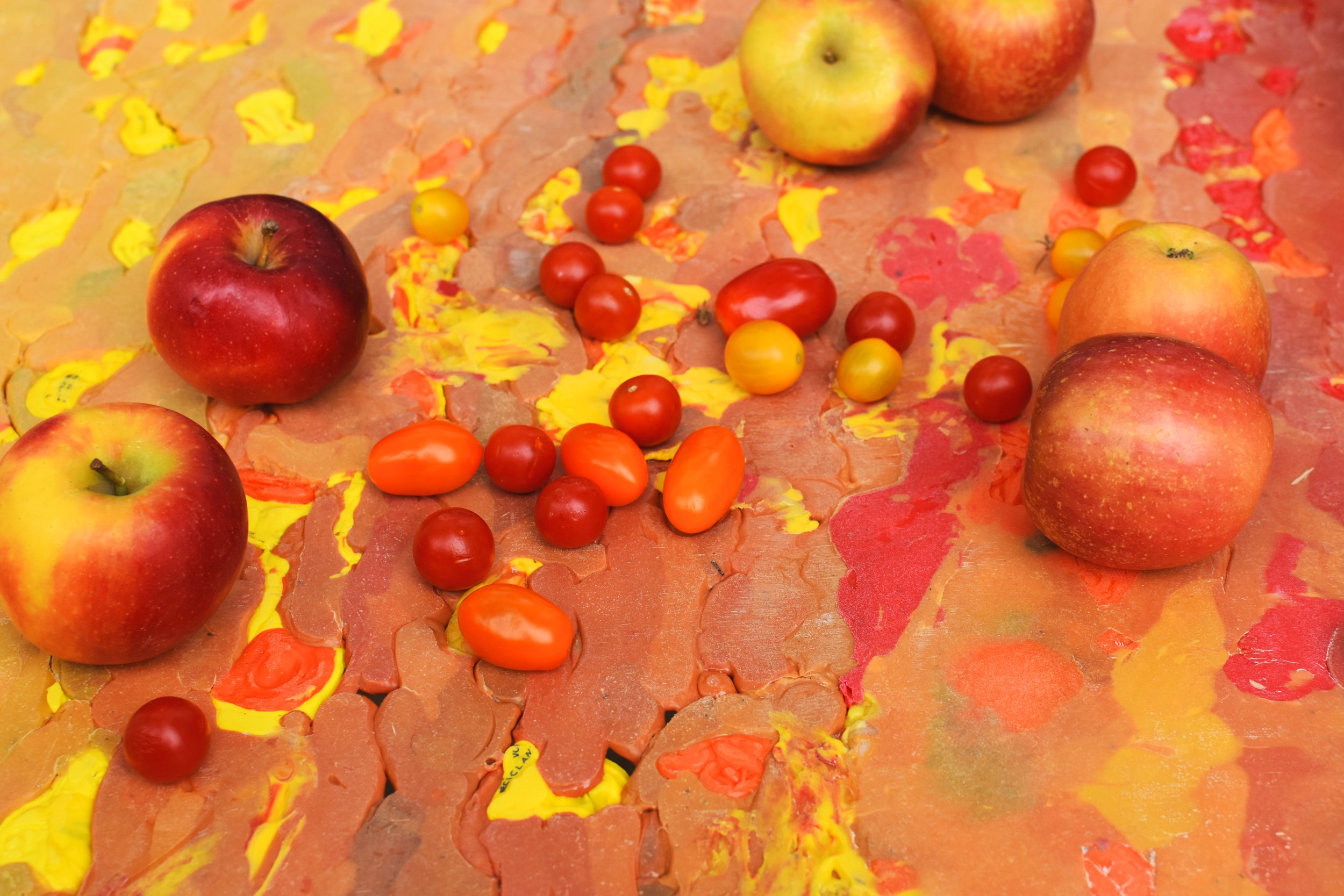
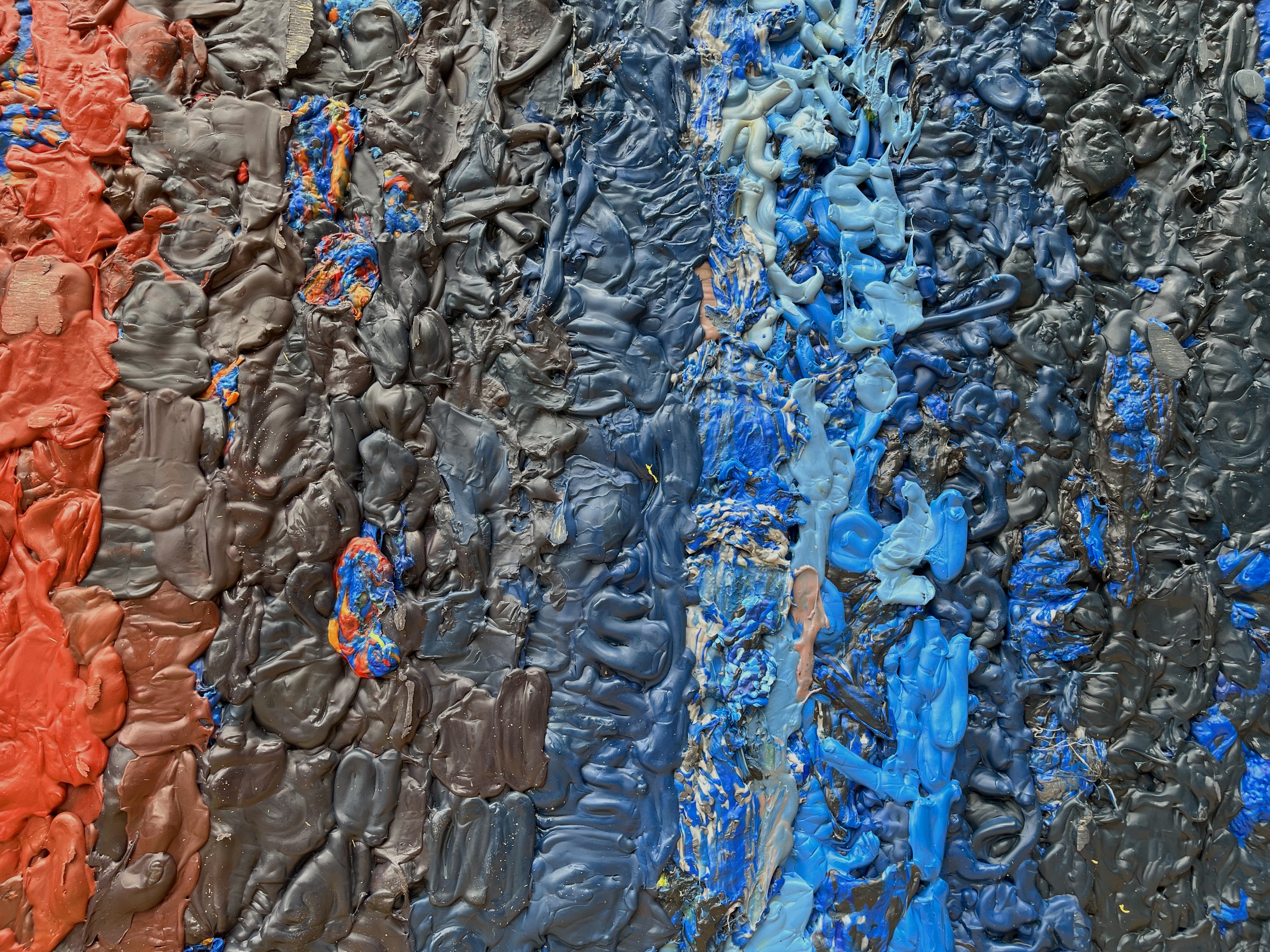


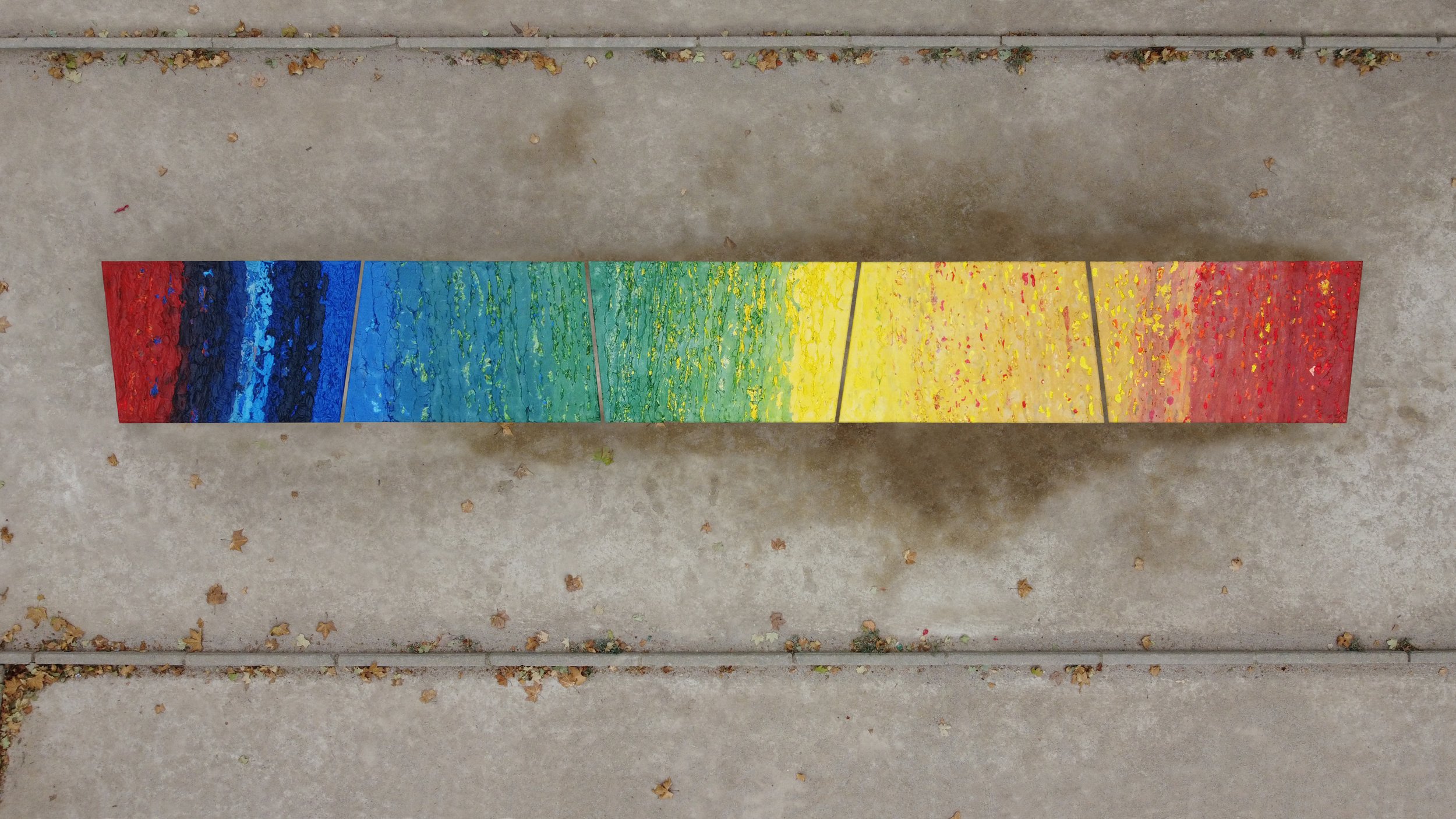
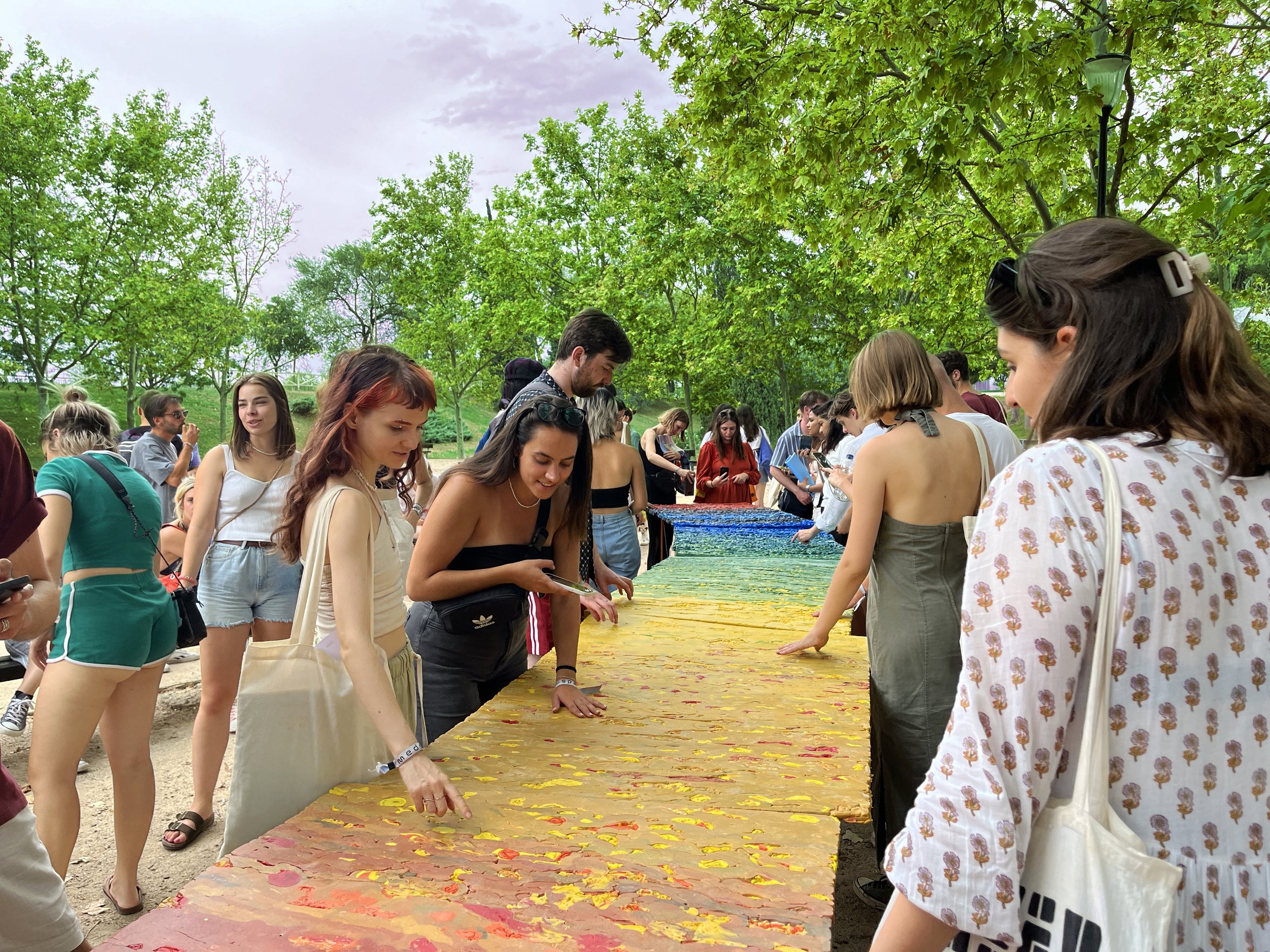
2022
Molten Mesa is an ongoing Research and Development project led by Andy Yu and Linus Gruszewski. It focuses on democratising the means of plastic production, demystifying it via hands-on design/build projects. Plastic are a dominant material which have flooded the natural and artificial environments. Using these projects as a springboard to engage in conversations about the cultural uses of material and our relationship to waste. We explore the shady world of recycling, attempt to decrypt contradictory [greenwashing] messaging, and center the role of designers, not only as material creators or specifiers, but as critical problem identifiers with tangible power. Designers can be stewards of their environments, and move from avoiding or ignoring issues to confronting them as objective realities of our world. We achieve this by engaging simultaneously on the parallel fields of tactile craft design, as well as engaging in a critical conversation about the ethics we have imbued this material with.
In the context of a worldwide plastics crisis, consumers are shamed for using it, a lot of designers avoid it altogether, but it remains a material reality of our time. We are still living under the hangover of first-wave greenwashing, the residual guilt created by a displacement of responsibility by plastics manufacturers onto consumers.
The first incarnation of the project was the production of a series of tables manufactured out of post-industrial and post-consumer waste material, as part of a two week design-build workshop held over summer 2022 in Zaragoza, Spain. This was part of MEDS Workshops, an annual event which takes place each summer in a different country. Collaborating with an international group of students from a broad spectrum of design disciplines, drawing from a deep knowledge base from open source fora such as the Precious Plastic network, we set about designing a process to turn trash to treasure.
We began by collecting High Density Polyethylene (HDPE, or #2) from the streets, individuals and businesses. This was then cleaned, sorted and shredded, using a hand-built shredding machine constructed from open-source plans. Identifying a need for a larger quantity of material, and more powerful shredders, we partnered with an industrial plastics recycling plant. They were able to demonstrate very similar processes at a scale unimaginable to us: warehouses full of waste material from automotive manufacturing, which they grind down into a fine shred using a giant version of our home-made shredder.
Combining material from both domestic and industrial waste sparked a conversation about the capacity for individuals to impact their environments, in contrast to an industrial approach. Quantity vs. Quality wasn’t a clear cut debate, but taking into account the constraints on production at a micro vs. a macro scale helped to frame the conversation around material and energetic sustainability, the “value” of individual actions like doing the recycling, refusing a plastic bag or reusing a plastic bottle.
Taking a deliberately naive, playful approach to formal and material composition, we experimented with different techniques to transform the shredded material into tabletops. Utilising an arsenal of heating elements borrowed, bartered or exchanged with local residents, we formed prototypes by melting, pouring and shaping the plastic, developing a tactile sense of its behaviour as it transitioned between states. Taking advantage of an extrusion machine made available to us by our friendly neighbourhood hackerspace, we were able to set up a DIY production line, and apply our research into industrial manufacturing processes. We learned about the material characteristics of plastics, beyond the boilerplate melt temperature or chemical composition. The relationship between temperature and viscosity came to the fore: hotter material allowed for less viscous material to be pushed into tight moulds for high precision, however this also made it increasingly sticky. Dealing with material contraction during the cooling process led us to designing moulds with compression systems to address warping. These discoveries lead us to conversation amongst ourselves but more importantly, to thinking about plastic as a material which has its own persona. These dialogues happened incrementally and led us to design production techniques to address plastic not as a subject, but as our associate in this project. The pigments embedded in the plastic all have different burning temperatures, which informed the way we combined colours, hence the results were unexpected, unique and exposed the latent beauty of plastic.
Once cooled, we un-moulded the tabletops, ran them through a sanding process to reveal the material within the plastic mass. Leaving one side unfinished allowed the tables to tell the story of their fabrication. The finished tabletops were placed on a prefabricated modular sawhorse system, concentrating our energy on the tabletops.
The trapezoidal design of the tabletops allowed for multiple configurations: a single rectilinear banquet table, an arc to create more focus for a performance or conference, an archipelago of smaller tables for a marketplace. The tables were donated to the neighbourhood association, who are using them for events, communal meals and fairs.
Our hope is that the tables tell the story of their fabrication, and give back to the neighbourhood which provided the base material for their construction.

